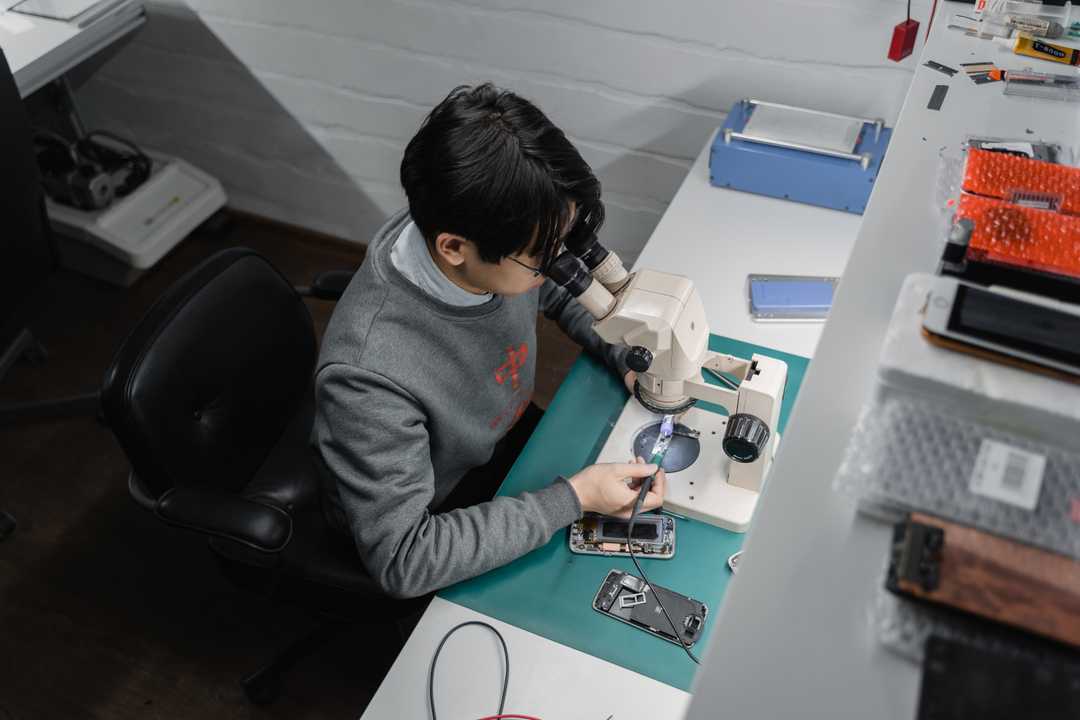
D3VL
Reverse Engineering
Reverse engineering is the process of analyzing a product or system to understand how it works and identify ways to improve upon it. This can be a valuable tool for businesses looking to stay ahead of the competition by understanding what their competitors are doing and how they can differentiate themselves.
The most common use of reverse engineering is to understand the technology and design of a competitor's product. By taking apart and analyzing a competitor's product, your business can gain valuable insights into how it was built and how it functions, helping you identify areas for improvement and innovation in your own products, as well as identify potential weaknesses in the competitor's product that can addressed in your own to gain a competitive advantage.
Reverse engineering can also be used to build tools and resources that can help businesses improve their own products. By understanding the underlying technology and design of a product, businesses can create custom tools and resources that can help them improve efficiency, reduce costs, and enhance the user experience.
At D3VL, we have extensive experience in reverse engineering and are skilled at analyzing products and systems to identify opportunities for improvement and innovation. We can help your business understand your competitors, build tools and resources to improve your products, and stay ahead of the competition.

How It Works
Analysis: The first step in reverse engineering is to thoroughly analyze the software or hardware device in question. This includes studying the software or hardware design, as well as any available documentation and source code. Our goal is to gain a deep understanding of how the software or device works and its underlying architecture.
Decompilation: Once we have a solid understanding of the software or device, the next step is to decompile the code. This involves converting the compiled software back into its original source code format, making it easier to understand and modify. This is a crucial step in the reverse engineering process as it allows us to gain insight into how the software works and identify any vulnerabilities or limitations.
Documentation: After decompiling the software, we create a detailed documentation of our findings. This includes a block diagram of the software architecture, a list of components and their function, and a description of any communication protocols used (e.g. UART, I2C, SPI). This documentation is essential for the next step, which is to identify opportunities for improvement.
Improvement: Once we have a detailed understanding of the software or device, we can begin to identify opportunities for improvement. This includes identifying areas where the software or device can be improved, as well as identifying potential vulnerabilities that can be addressed. We can then use this information to create custom tools and resources that can help your business improve its products and stay ahead of the competition.
